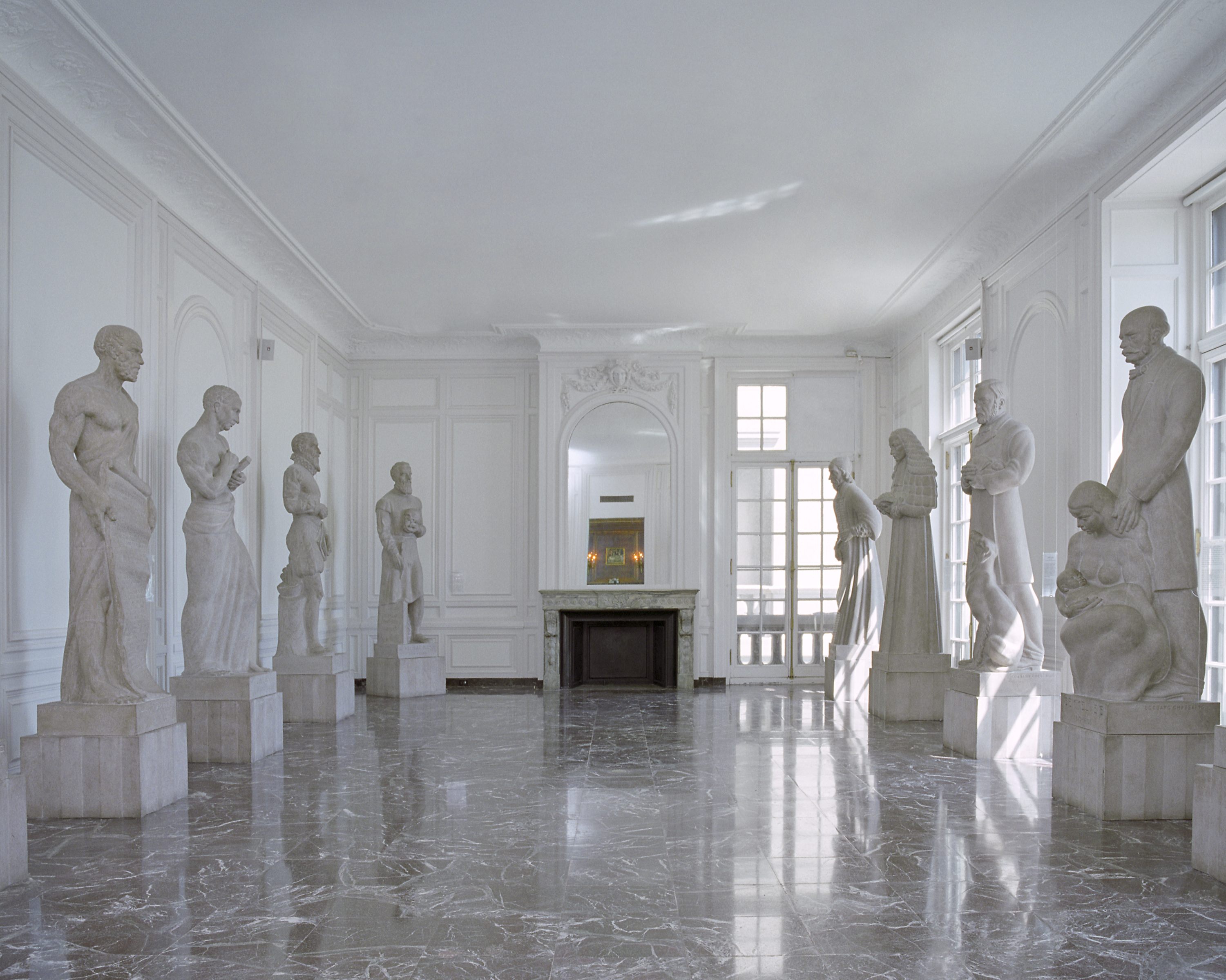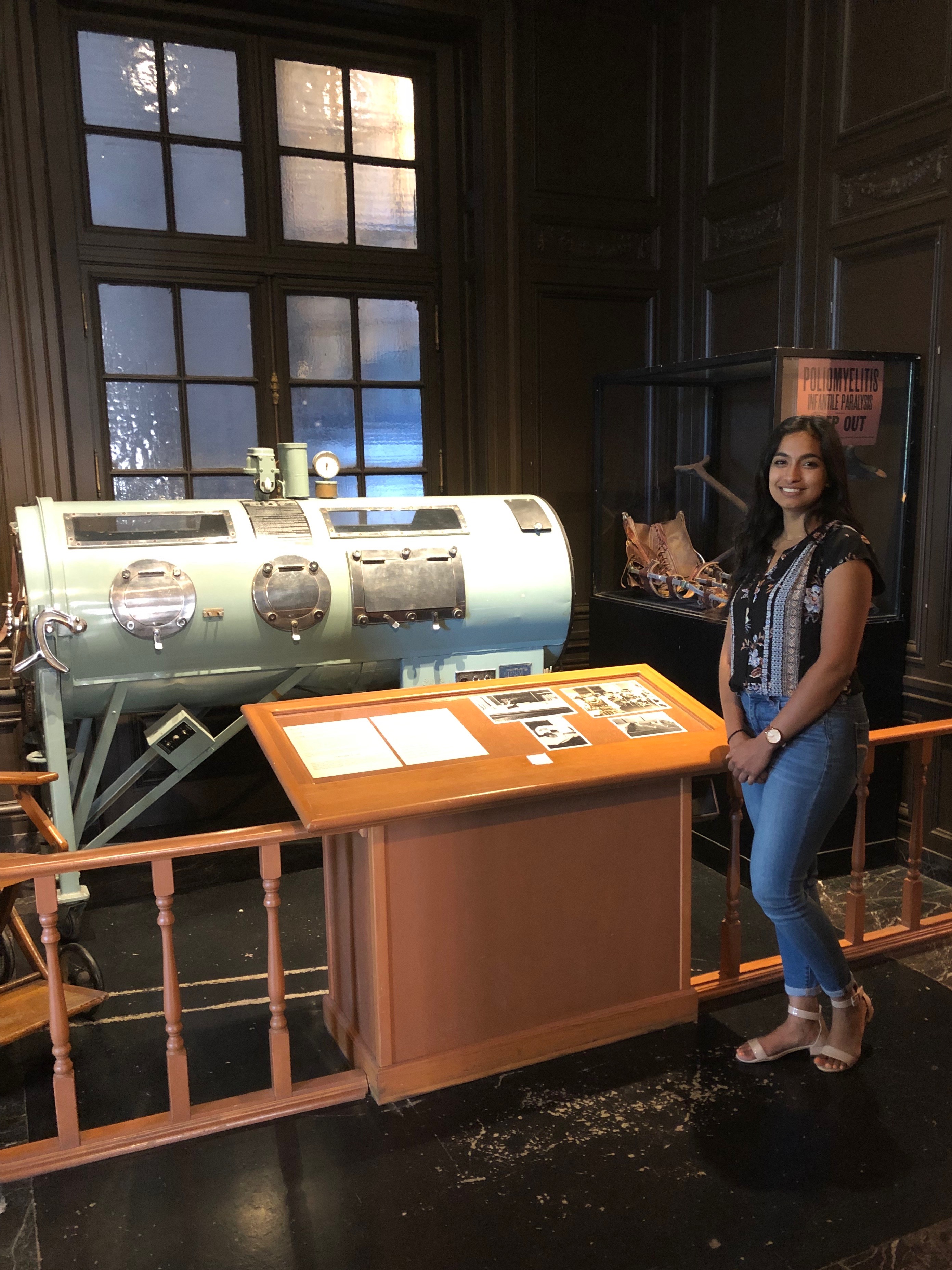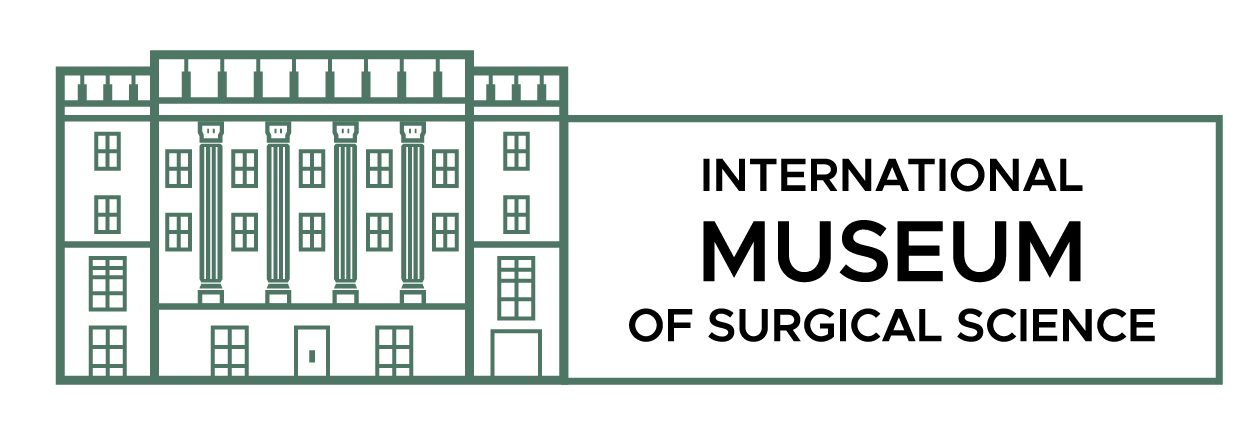Published by Anupama Suresh

As I walked by the sculptures in the Hall of Immortals or peered into a glass case filled with trephined skulls, I was mesmerized by the Museum. I learned about the discoveries that made surgery possible today, from the different forms of anesthesia used to the introduction of antiseptics. I had only seen pictures of the iron lung before, but now, the machine stood right before my eyes. Paintings of important moments in medical history were incredible to analyze. I learned something new every day, whether it was from my co-interns, staff members or visitors. The most I have learned however was through my public tours.
Preparing a script for the tour helped me do further research on some of the collections and delve into the details of the topic. Having practice tours with other interns and staff members as my audience gradually gave me the confidence needed to present the Museum to visitors. I saw giving a tour much like presenting a lecture. It reminded me of when I was a teaching assistant (TA) for a neuroscience class. Passion, knowledge and positive body language are important qualities for both to be successful. It was important for me to share my own experiences as a medical student, just as I did when I was a TA explaining my neuroscience research to students.

When the day to give my first tour arrived, I was excited. As a crowd of around 20 people formed around me, I grew nervous and self-conscious. I found myself talking too fast to cover all the material, worried as to what they thought of how I spoke or stood. My last tour on the other hand, I was relaxed and calm. I was comfortable with talking slow and focused more on engaging the crowd.
Speaking to a big group of people has always been a bit nerve-racking for me. Having all those eyes staring back at you, waiting for me to deliver a good presentation would cause me to panic and worry that I’d stumble upon words or not get across my message. I have come a long way since feeling that way and it has definitely been a work in progress. This internship has given me all the right tools to keep working on my public speaking skills and I would have never guessed that leading tours would be a part of that journey.
I also indulged in my other goals at the Museum. I’ve always been fascinated by the history of science and medicine. I believe learning about the successes and failures of the past is imperative to my understanding of medical practice today. However, the history of medicine is often not included in the medical school curriculum. According to “History of Medicine in US Medical School Curricula,” absence of testing, little research published in peer reviewed journals, few available grants, and lack of support from academic chairs are some of the reasons why the history of medicine is not emphasized in medical schools. [1] I would like to change this mentality among the next generation of physicians and educators.
In the future, I’d like to be a physician educator. Whether that’s teaching residents or working to improve medical school curriculum, I want education to be a part of my professional life. According to a report on clinician-educators, an effective educator “facilitates active learning, provides effective feedback, experiments with innovative pedagogy” among others. [2] This internship has given a great start to those skills. Through leading guided tours, I was able to work on multiple areas: delivery of my script, engaging the visitors by asking them questions and fostering discussion among themselves, crowd management, and confidence in my knowledge of the material. I have had a great learning experience working with a collaborative team and most importantly, fostered good relationships with my Museum colleagues. This internship has set a strong foundation for my future endeavors in academic medicine.

Works Cited:
1. Caramiciu J, Arcella D, Desai MS. 2015. History of Medicine in US Medical School Curricula. J Anesth Hist, 1(4): 111-4. doi: 10.1016/j.janh.2015.02.010.
2. Roberts DH, Schwartzstein RM, Weinberger SE. 2014. Career Development for the Clinician-Educator: Optimizing impact and Maximizing Success. Ann Am Thorac Soc; 11(2): 254-59. doi: 10.1513/AnnalsATS.201309-322OT.
Anupama Suresh is a Summer 2019 Education Intern at the International Museum of Surgical Science. She is a medical student at The Ohio State University College of Medicine. Her interests include learning about the history of women and minorities in medicine, as well as developing skills to be an educator and physician advocate.


